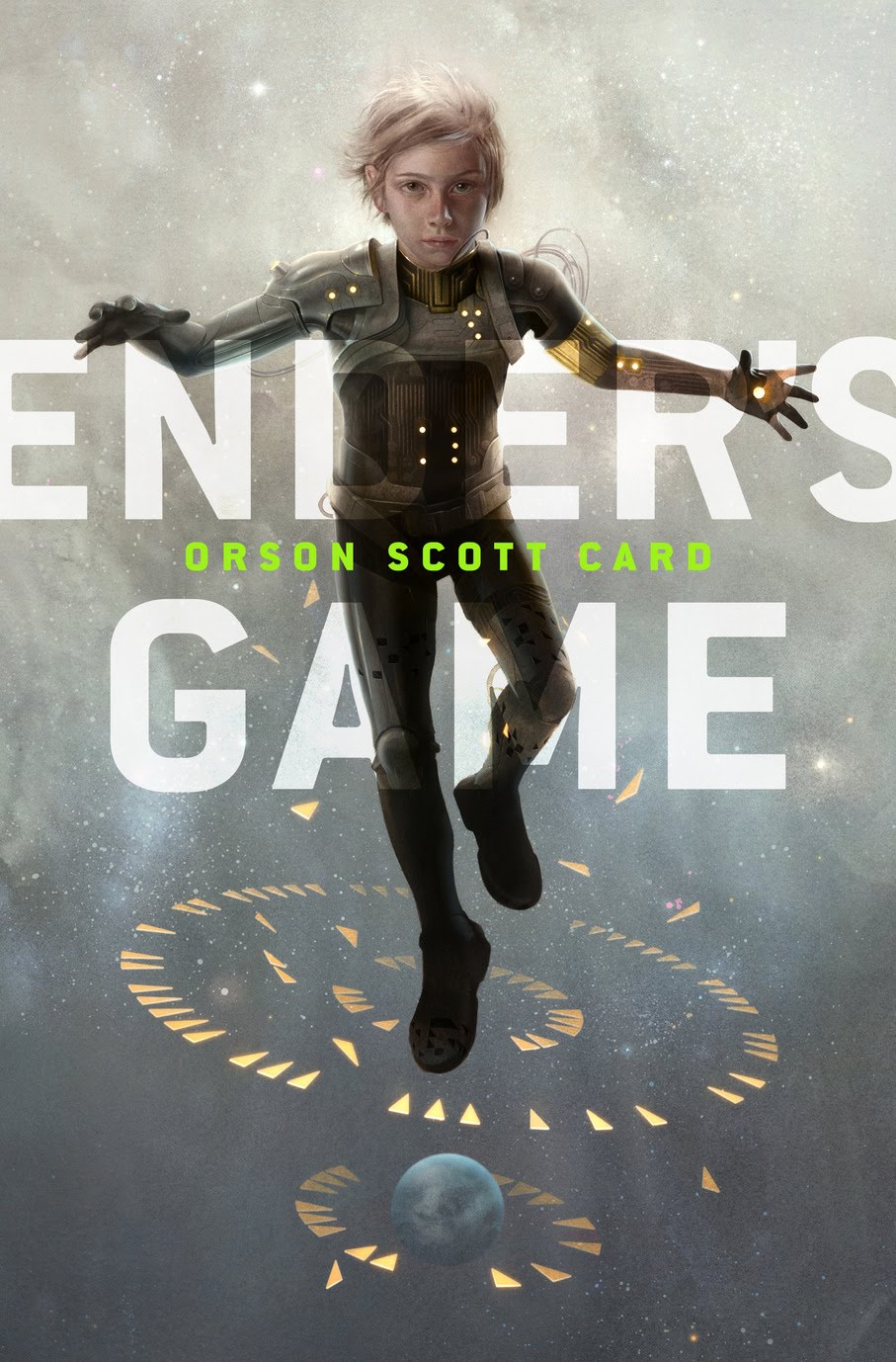Astroboy, or Tetsuwan Atomu, will always occupy a special place in my heart. It was - albeit in English-dubbed version - my introduction to the world of anime. It's a story that centers around a human-like robot - which, as mentioned in my C.O.L.A.R. CASCYL review, tends to put me in a story's corner from the get go. It is the most famous work by the effective "Godfather" of anime and manga, Osamu Tezuka. Nevertheless, though it occasionally touches on bigger, more philosophical issues, it's a series aimed primarily at children, and adopts a certain degree of silliness that, though endearing, erodes its inherent verisimilitude. That really isn't a fair critique for a work that purposefully doesn't take itself too seriously, but from a storyteller's point of view, it's a valid one. Nevertheless, Astroboy's popularity and longevity have given it a certain degree of global cultural status. To the extent that it has, it was perhaps inevitable that it would be remade or re-imagined in the way that other dramatic icons have been in recent years, from Sherlock Holmes to Batman. Not all such reworkings add something to the original, but as Stephen Moffat and Christopher Nolan has demonstrated, when they do work, people sit up and take notice.
As mentioned in the last CASCYL post, Naoki Urasawa blew me away with his Monster series despite having none of my favorite tropes to lean on. His achievement was one of masterful storytelling, particularly his use of the trappings and devices of the mystery genre. In Pluto, he takes that tool set and applies it to one of the most popular story arcs from the Astroboy canon - "The Strongest Robot in the World" arc - resulting in a murder mystery story that builds on his success in Monster and yet also manages to pay respectful homage to the original Astroboy source material, all the while elevating the story to something truly paradigm shifting. The story's revelations and resolution echo long after its ending.
Like Monster, Urasawa's deft pacing compelled me to read all of Pluto in one sitting. (Though since it clocks in at eight volumes to Monster's eighteen, it thankfully didn't take me a nearly unbroken 24-hour span to finish it.) But for me, the most poignant aspect of the series came after I'd set down the final volume. What ensued was a sleepless night of quiet introspection, and resulted the following morning/afternoon with the very rough first cut of a short story that is intended for submission to the Writers of the Future competition. While other stories have influenced and inspired my own work, never have I experienced such a rush of creative urgency as I did after finishing Pluto. I was physically and emotionally exhausted, but was compelled to channel what I felt into story form before allowing myself to rest.
(The fact that I also went without eating for that period also spurred on the change in diet and lifestyle that allowed me to shed nearly seventy pounds. So in this case, it could be said that reading Pluto literally changed my life - or at least set me down a path that would lead to a profound lifestyle change.)
 |
| The characters of Pluto juxtaposed with their original Astroboy counterparts. |
As mentioned in the last CASCYL post, Naoki Urasawa blew me away with his Monster series despite having none of my favorite tropes to lean on. His achievement was one of masterful storytelling, particularly his use of the trappings and devices of the mystery genre. In Pluto, he takes that tool set and applies it to one of the most popular story arcs from the Astroboy canon - "The Strongest Robot in the World" arc - resulting in a murder mystery story that builds on his success in Monster and yet also manages to pay respectful homage to the original Astroboy source material, all the while elevating the story to something truly paradigm shifting. The story's revelations and resolution echo long after its ending.
Like Monster, Urasawa's deft pacing compelled me to read all of Pluto in one sitting. (Though since it clocks in at eight volumes to Monster's eighteen, it thankfully didn't take me a nearly unbroken 24-hour span to finish it.) But for me, the most poignant aspect of the series came after I'd set down the final volume. What ensued was a sleepless night of quiet introspection, and resulted the following morning/afternoon with the very rough first cut of a short story that is intended for submission to the Writers of the Future competition. While other stories have influenced and inspired my own work, never have I experienced such a rush of creative urgency as I did after finishing Pluto. I was physically and emotionally exhausted, but was compelled to channel what I felt into story form before allowing myself to rest.
(The fact that I also went without eating for that period also spurred on the change in diet and lifestyle that allowed me to shed nearly seventy pounds. So in this case, it could be said that reading Pluto literally changed my life - or at least set me down a path that would lead to a profound lifestyle change.)














